With so many different types of wood to choose from, there’s a lot to know when it comes to choosing the best one for your project. From classic and exotic hardwoods to softwoods like pine and cedar, this guide covers 18 popular wood types to help you decide which is right for your home construction and DIY projects.
Why Wood Selection Matters
Wood types vary in appearance, durability, and appearance. Taking these factors into consideration is critical when choosing the best type of wood for your project.
Durability and Longevity
Hardwoods are known for their long-lasting durability. With tight grain structures and natural resistance to insects and decay, they’re much more durable than softwoods like pine and fir.
The durability of wood depends on other factors, like moisture availability and climate, but some different species of wood are naturally more durable than others.
Aesthetics and Appearance
Looking at a chart with pictures of different types of wood, it’s easy to see how different they are in appearance. Variations in color, grain, undertone, and texture allow you to customize your project and use the different aesthetics of wood to create endless combinations and designs.
Environmental Impact
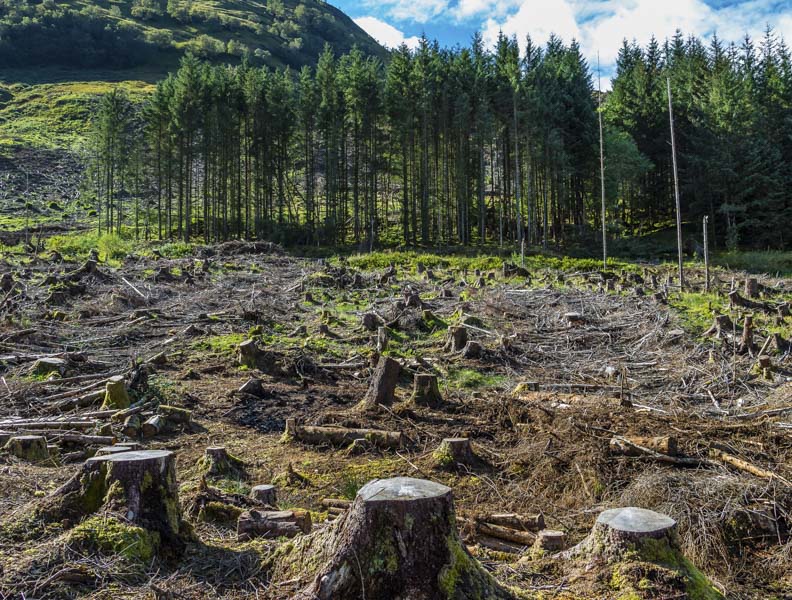
Since wood is a naturally renewable material, it’s an eco-friendly choice for builders and DIYers. It’s recyclable and sustainable, and thanks to the carbon sequestration of trees, wood is one of the greenest materials you can use.
However, it’s important to ensure that you’re purchasing sustainably sourced wood. Unfortunately, logging companies have overharvested some types of timber trees, resulting in unrecoverable deforestation and loss of habitat.
Benefits of Choosing the Right Type of Wood
Because of its versatility, you can use wood in a host of applications. Choosing the right type of wood to achieve the desired results is an essential step in any woodworking project.
Improved Functionality
When choosing the right type of wood, consider its intended use. What role is the wood going to play? Some woods are stronger and more durable, while others stand out for their beauty.
Cost-Efficiency
With so many choices, selecting the right type of wood for your project can be difficult. Finding a balance between the needs of your project and the cost of the wood is a good place to start.
Sustainability and Eco-friendliness
While expensive hardwoods work great for almost any type of project, you may be able to settle for a less expensive type of wood, such as pine plywood or OSB for subflooring, where appearance isn’t important. Since pine and fir are much more sustainable than hardwoods, they’re a more eco-friendly choice.
18 Common Wood Types for Homeowners
Over 100,000 species of wood exist, but for homeowners, it’s only important to know the most common types. From classic oak to exotic bamboo, explore this list of 18 popular types of wood material for your DIY projects.
Types of Softwood
Softwoods come from coniferous trees, and they are generally less dense than hardwoods. They are classified as gymnosperms, which means that they produce exposed seeds that aren’t protected by a fruit.
Softwoods are best suited for building construction. Since they are fast-growing, they are generally less expensive than hardwoods.
Pine


One of the least hard softwoods, pine is economical, making it an ideal choice for budget-friendly projects. Its pale color and prominent knots give it a rustic charm. Moreover, builders and woodworkers often use it to make furniture and construction. For outdoor use, you should treat and waterproof pine to guard against the elements.
Cedar


Cedar offers a good balance between cost and rot resistance, and it’s a popular choice for outdoor applications like decking, fences, and exterior house siding. The oils in cedar make it naturally resistant to insects and decay, and since it’s not prone to warping, it’s a good choice for furniture.
Redwood
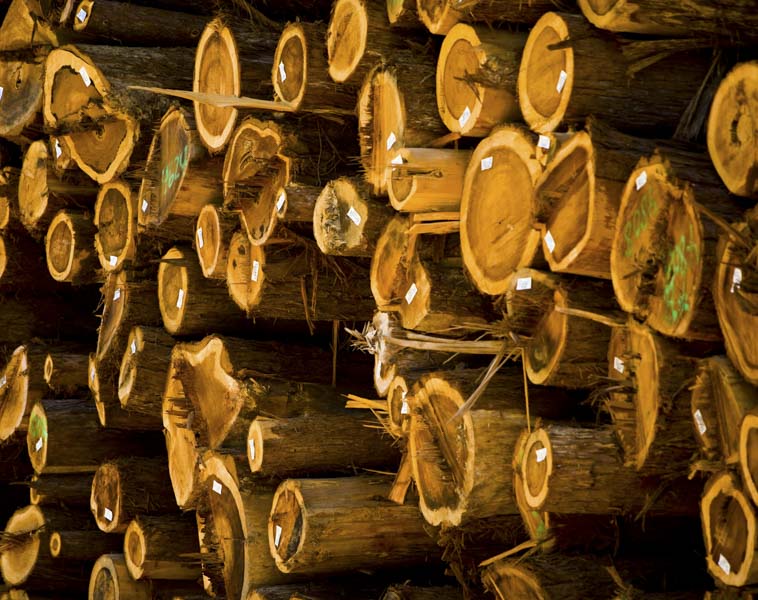

Redwood shares many similarities with cedar, including natural rot and insect resistance. Like cedar, redwood contains tannin which gives it a unique color. However, redwood is more durable than cedar, and while pricing depends on availability in your area, redwood is usually more expensive than cedar.
Fir
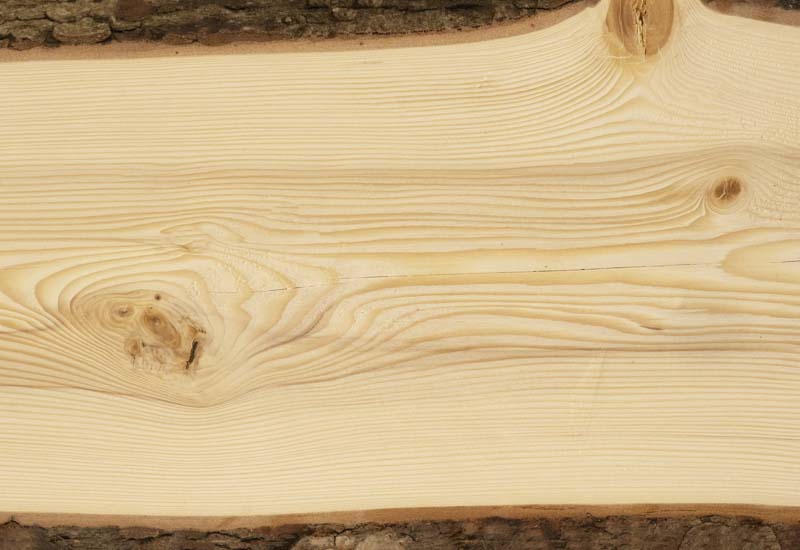

When you’re looking for low-cost wood that’s stronger and more durable than pine, fir is a great choice. Fir is widely used in framing and interior applications, and it’s a budget-friendly choice for dimensional lumber and DIY furniture projects.
Types of Hardwood
Hardwoods come from deciduous trees and are more durable than softwoods. They come from angiosperms, plants that produce a flower and fruit. They are slower growing than softwoods, so they’re more expensive.
Here are a few different hardwoods, including the most common types of wood used in furniture, flooring, and other high-quality woodworking projects.
Oak


Oak is an iconic wood, famous for its durability and strength. With medium brown colors and distinctive grain patterns, it’s an ideal choice for furniture, trim, flooring, and cabinetry. Unlike some other hardwood types, oak accepts stain easily.
There are two kinds of stains in the world of wood. The stains you want and the stains you don’t. Make sure you’re ready to deal with the latter. Check out our guide to removing water stains from wood!
Maple


Another wood that’s popular for furniture, maple has excellent durability and resistance to scratches. The light, pale wood tone of maple has a reddish-brown hue with gold undertones. As a premier hardwood flooring option, maple brightens any room and makes it feel more expansive.
Cherry


Cherry is a favorite among woodworkers due largely to its rich reddish-brown colors and prominent grain patterns. Over time, cherry develops a patina that adds to the character of furniture pieces. Even though cherry wood costs more than some other hardwoods, it is more prone to scratches, so it’s not the best choice for flooring in high-traffic areas.
Walnut
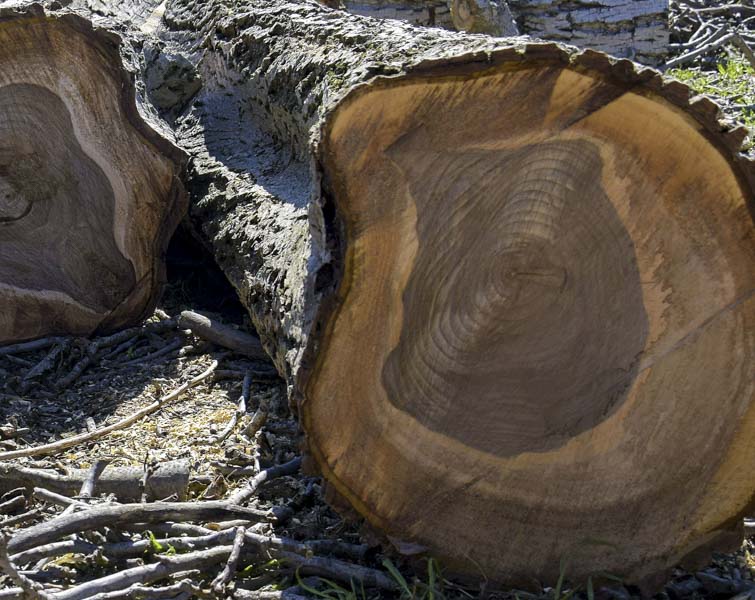

With its distinctive dark brown color, walnut is perhaps the easiest of all varieties to identify. Combined with its luxurious appearance, its strength and durability add to its popularity. Although it’s one of the most expensive types of wood, walnut is a popular choice for flooring, fine furniture, and decorative items like cutting boards.
Birch


On the hardness scale, birchwood rates almost as high as oak and maple. The tight grain pattern makes it harder to stain than other hardwoods, but it’s one of the best woods for plywood. With a little effort, you can finish Burch and get beautiful results.
Ash


Ash is another hardwood with excellent strength and resilience. Furthermore, the trees themselves are relatively fast-growing, making this variety of wood more affordable than slow-growing hardwoods like oak and maple. Ash wood is lighter in color than oak, and the dense grain pattern makes it popular for turning. That’s why carpenters so often use it for furniture spindles and baseball bats.
Types of Exotic Wood
Usually coming from tropical areas outside the United States and Canada, exotic woods stand out for their unique appearance and extreme durability.
Woodworkers use exotic varieties for veneer, furniture, flooring, decking, and high-end projects. Nonetheless, many of these varieties are on the endangered list, making them harder to get than more accessible options like bamboo.
Teak
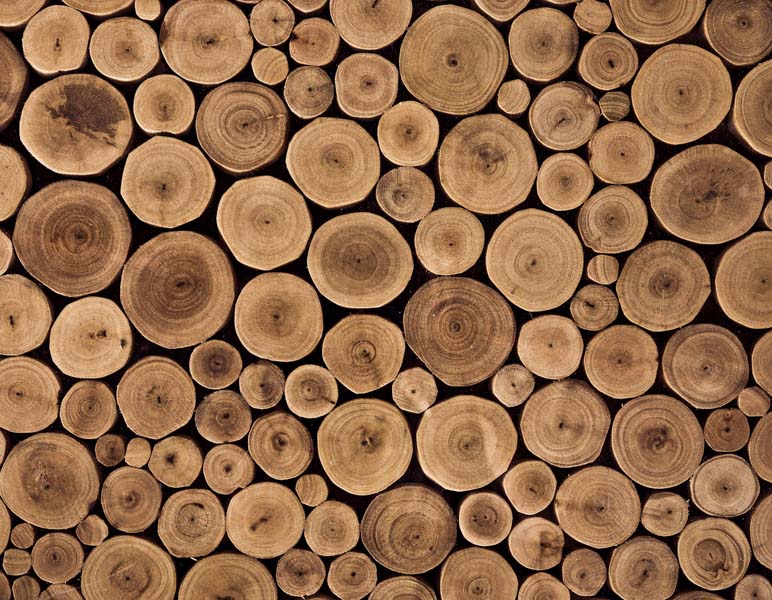

Famous for its close association with luxury outdoor furniture and shipbuilding, teak has superior weather resistance thanks to its tight grain patterns and naturally high oil content. Teak develops a beautiful patina over time.
Mahogany
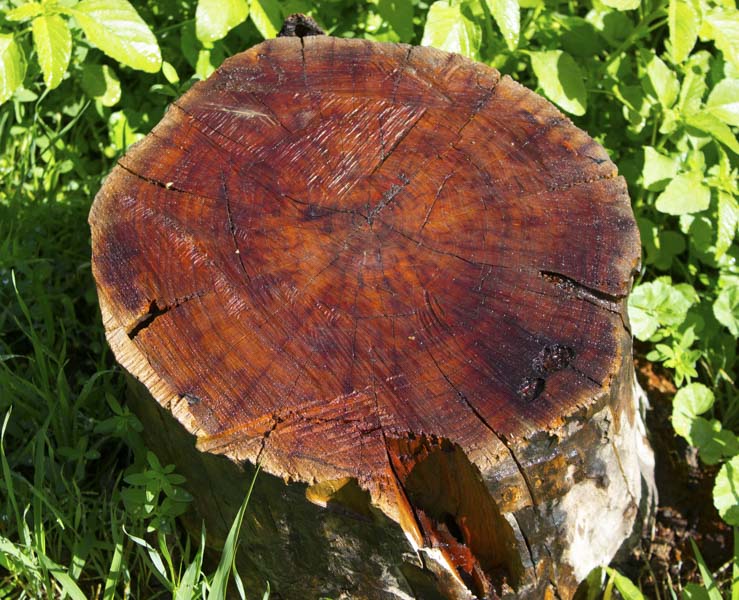

Mahogany is an aromatic hardwood popular with woodworkers and widely used for manufacturing musical instruments, fine furniture, and boats. But unlike ash, the trees are slow-growing, living up to 350 years, and overharvesting has led to conservation concerns and a decline in availability.
Bamboo


The only type of wood that doesn’t come from trees, bamboo wood derives from large species of grass. Surprisingly, bamboo rates high on the Janka scale, which is how various woods are rated for hardness. It’s extremely versatile and sustainable and has over 1,500 commercial applications, from flooring to bridges.
Rosewood
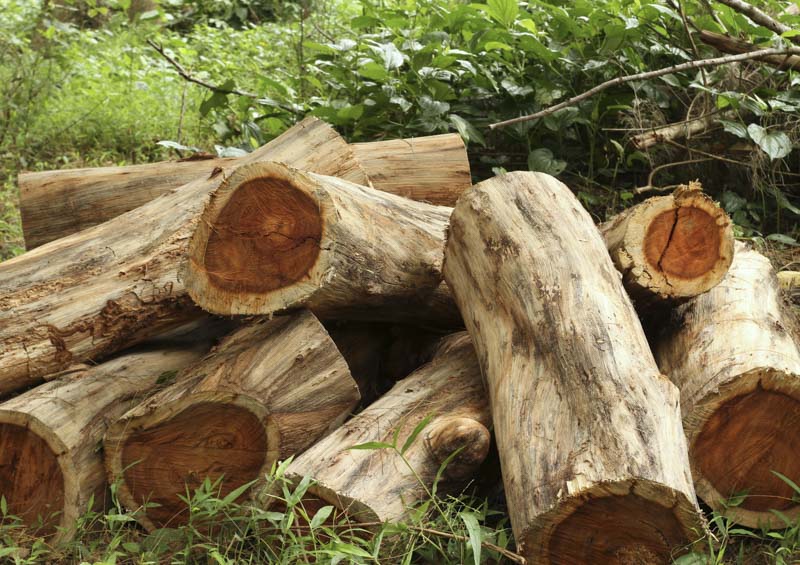

Like mahogany, rosewood is another popular exotic wood. However, due to its superior beauty, strength, and durability, over-harvesting is always a concern. Because this species is on the brink of extinction, it’s critical to source it responsibly and ensure that it complies with customs regulations when you’re importing it.
Types of Composite Wood
Engineered wood, or composite wood, is manufactured from wood fibers and resins or binders. There are many different types of engineered wood, and they are known for their affordability, durability, and decay resistance.
Composite woods are popular for decking, flooring, and paneling. Structural beams made of composite wood are engineered with superior strength.
Plywood
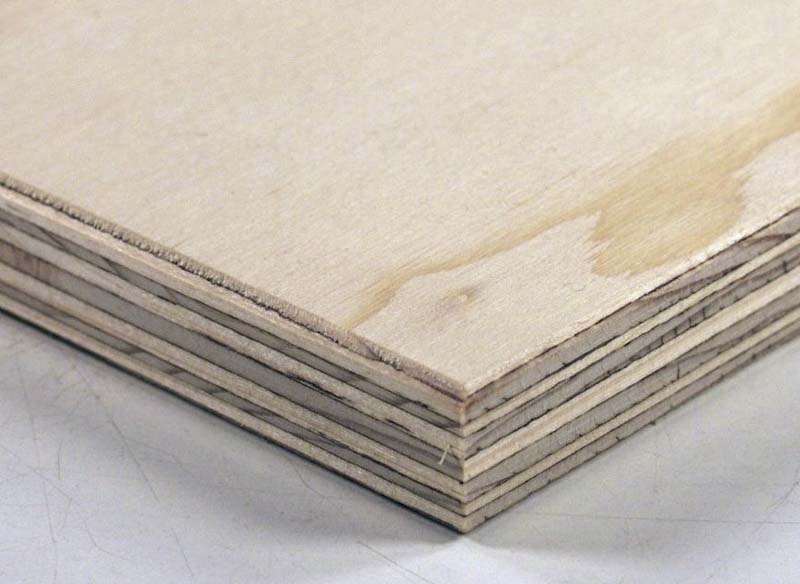

Composed of thin layers of wood veneer that are glued together, plywood has been around for centuries, dating back to ancient Egyptian and Greek civilizations. Plywood comes in various grades and is used in everything from construction to furniture and cabinets.
MDF (Medium Density Fiberboard)
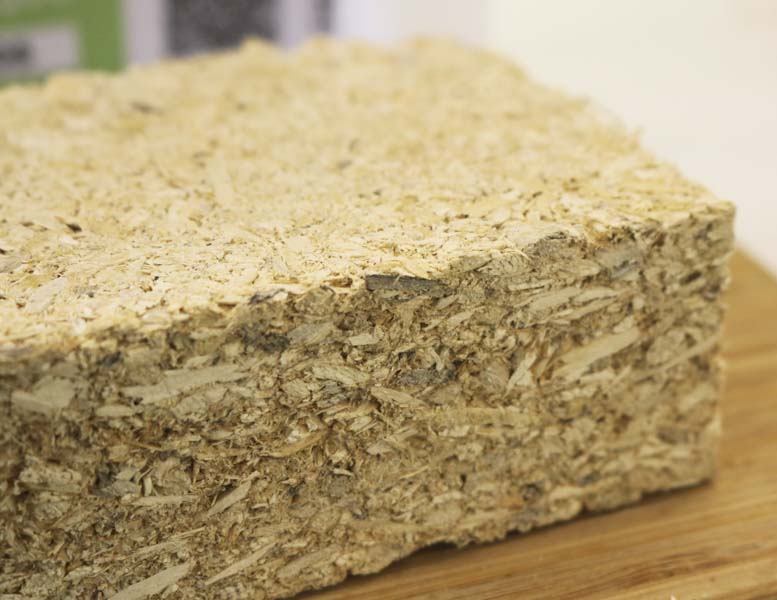

Originally produced in 1966, MDF is made from wood fibers, resins, and glue pressed together to create a dense, smooth board with a consistent finish. An upgrade from plywood and particleboard, MDF is a popular real wood alternative for furniture, cabinets, and flooring, and is available in several different dimensions and designs.
Particleboard
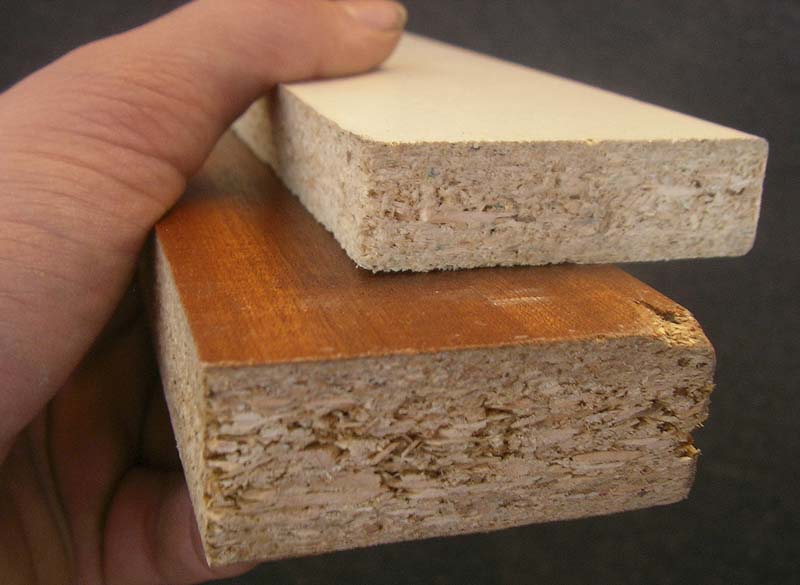

Another type of board made with wood fibers and resin is particleboard. It’s not as durable as MDF or plywood, and it’s prone to swelling when exposed to moisture. Its uniformity and low cost make it a popular choice, and it comes in a variety of thicknesses.
OSB (Oriented Strand Board)
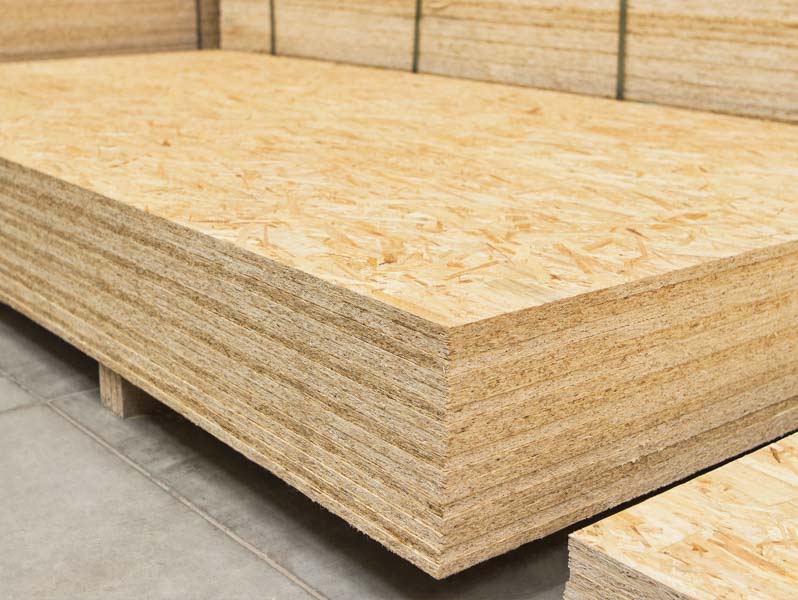

Also called waferboard or chipboard, OSB is similar to particleboard. Mills make it using larger strands of wood, which gives it its robust composition. Still, it’s not as smooth as other types of engineered wood. Due to its low cost and weather resistance, OSB is a top choice for exterior walls and subfloor.
Curious about all things woodworking? If you don’t already know, take some time to brush up on the difference between wood putty and wood filler!
Additional Considerations When Choosing the Type of Wood
Here are some additional factors to consider when choosing the right type of wood for your project.
Project Specifics and Budget Constraints
Each project has unique requirements, such as load-bearing capacities and design details. Consider your budget constraints and balance the needs of your project to find a functional, visually appealing, and cost-effective choice.
Lifespan and Maintenance Requirements
Various types of wood have different life expectancies, largely due to variations in the local climate. Also, some types of wood lumber require more maintenance and upkeep than others.
Sustainability Factors and Local Availability
Take an eco-friendly approach to sourcing wood for your project by searching for locally available wood. An added benefit of locally sourced wood is that it reduces transportation costs and environmental impacts.
5 FAQs about Types of Wood
What is the best wood type for outdoor furniture?
Sustainably sourced teak is the best type of wood for outdoor furniture. It’s not an endangered species, and it’s an excellent choice for outdoor projects. It also has natural weather-proof qualities, so you don’t have to treat it to protect it from the elements.
Which wood species is most resistant to pests and rot?
Hardwoods are typically more resistant to insects and decay than softwoods. There are some notable exceptions, however. Redwood, cedar, and Pacific yew are examples of hard softwoods that are extremely resistant to pests and rot because of the natural fungicidal compounds and resins they contain.
Is engineered wood a sustainable option?
For a product to qualify as sustainable over its entire life cycle, logging companies will have to ensure that they limit how much they harvest the existing supply. Engineered wood checks all these boxes, but the sustainability of engineered wood products hinges on the type of binder used.
How can I tell if a wood type is ethically sourced?
Many good types of wood are endangered species, and it can be hard to tell if they are ethically sourced, especially if you’re purchasing wood grown outside of North America. It’s important to have in-depth knowledge when purchasing exotic wood, and you should consult with organizations like the Programme for the Endorsement of Forest Certification (PEFC), to ensure you’re purchasing from an accredited supplier.
What are the differences between hardwoods and softwoods?
Hardwoods are angiosperms, plants that produce flowers and fruits that are mostly deciduous. Softwoods are gymnosperms, plants that produce exposed seeds that are mostly evergreen.
Whether a species is classified as a hardwood or softwood doesn’t determine the actual hardness of the wood. The Janka scale is used to rate the hardness of all kinds of wood, and some hardwoods rate lower on the Janka scale than certain softwoods.





